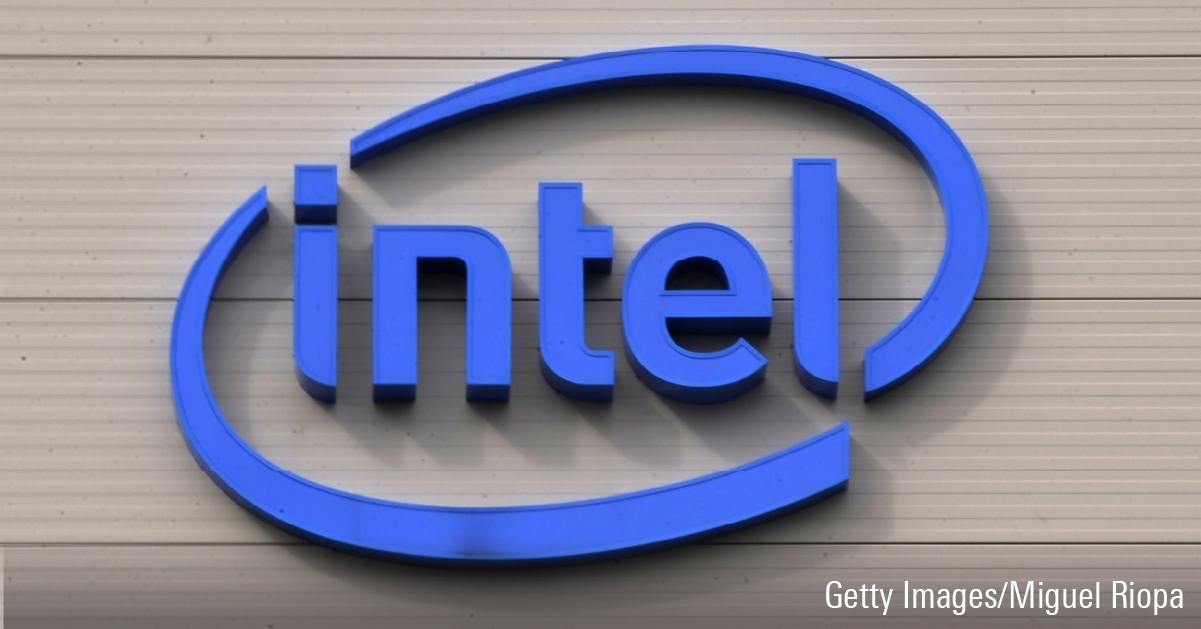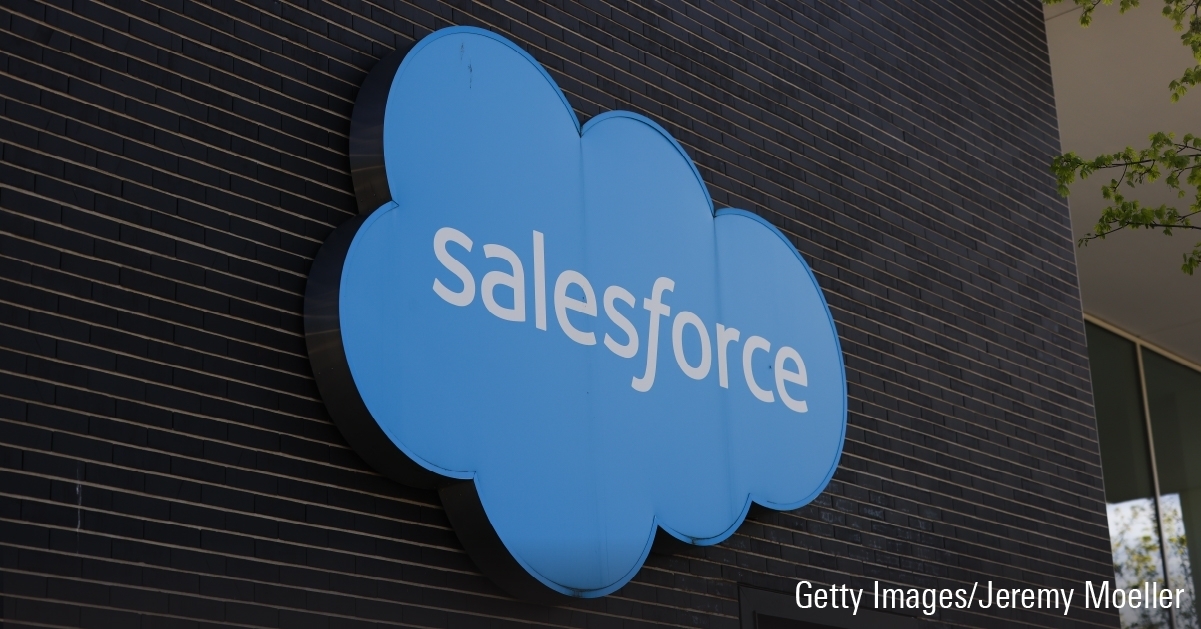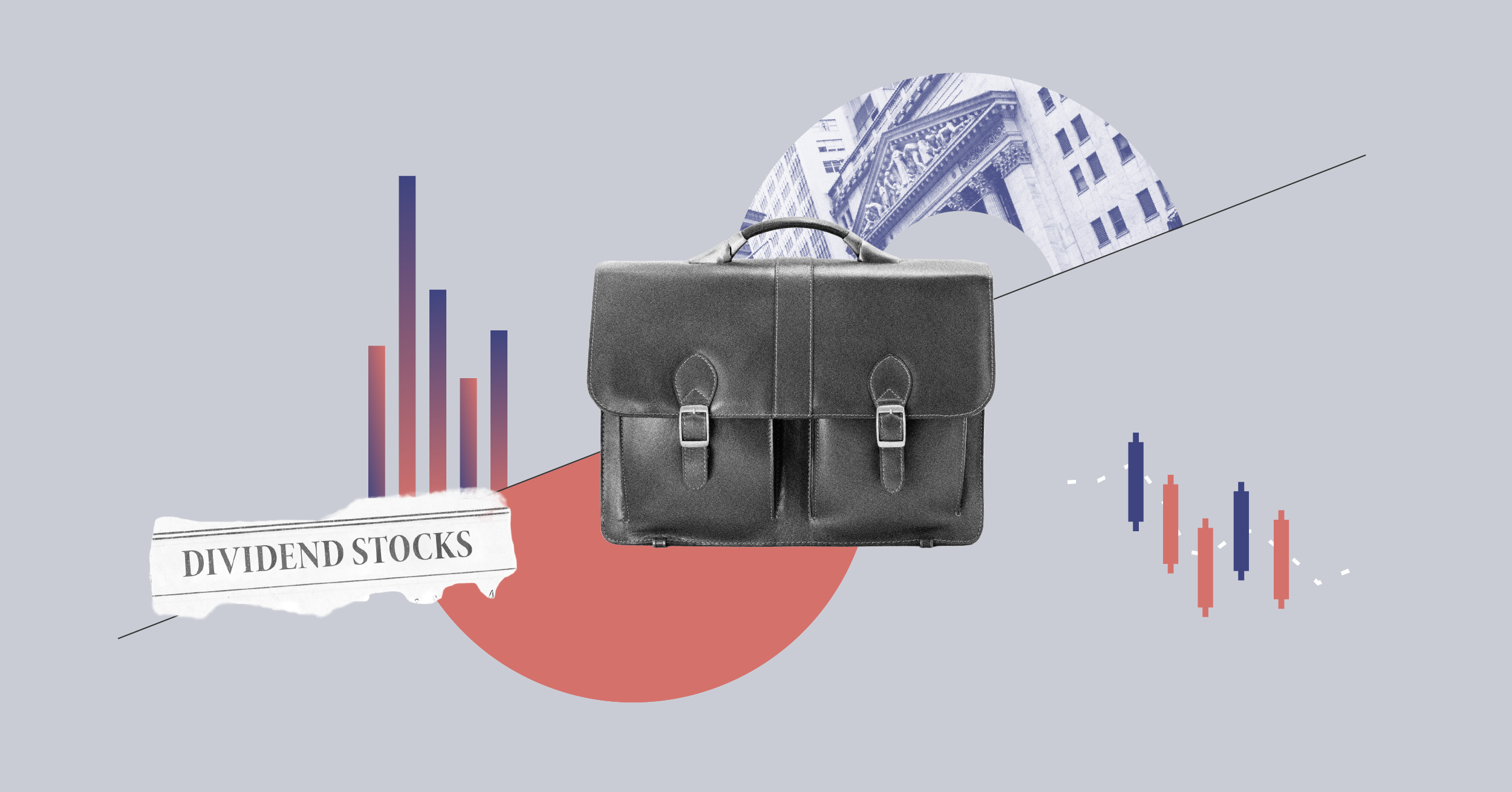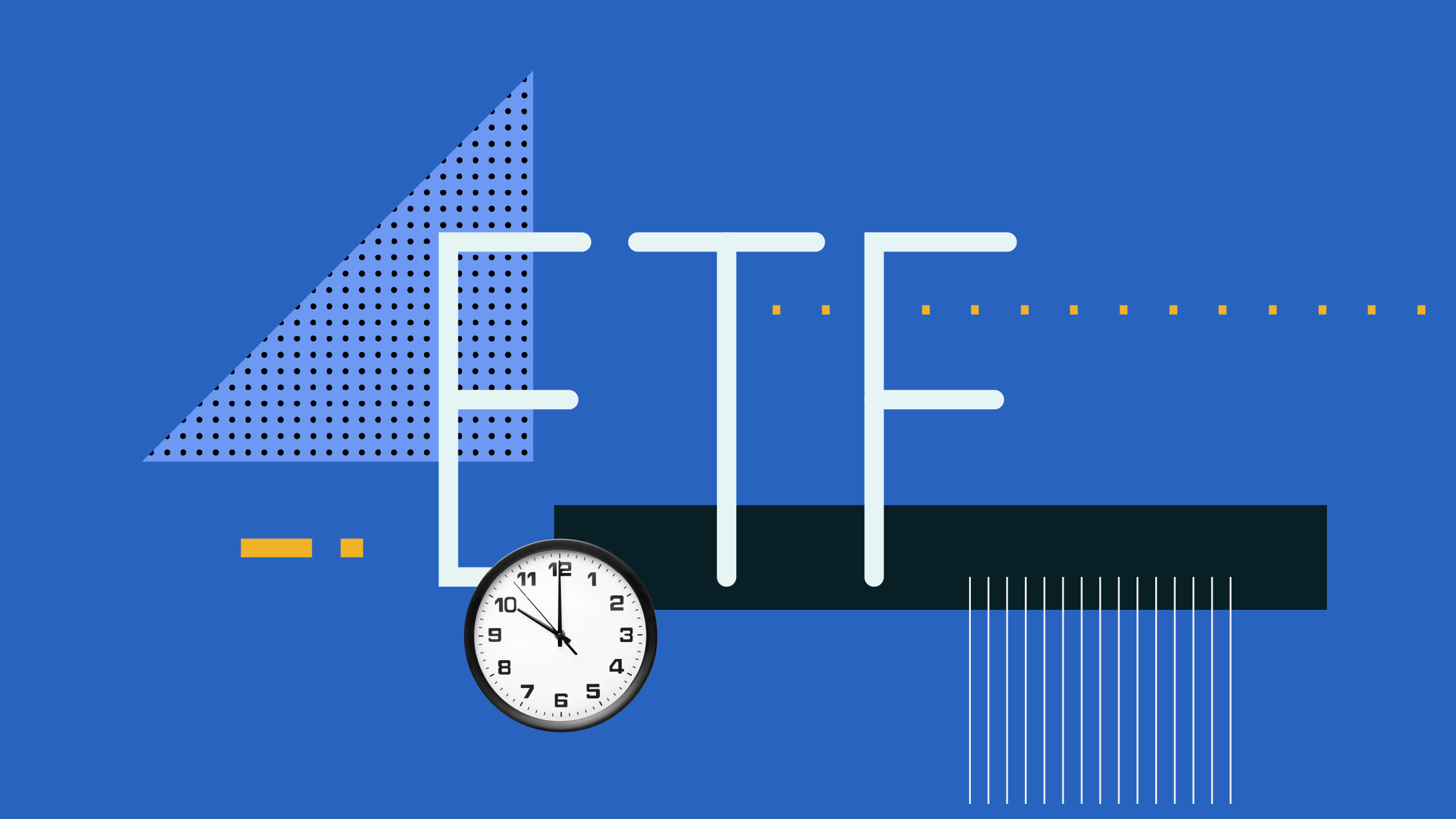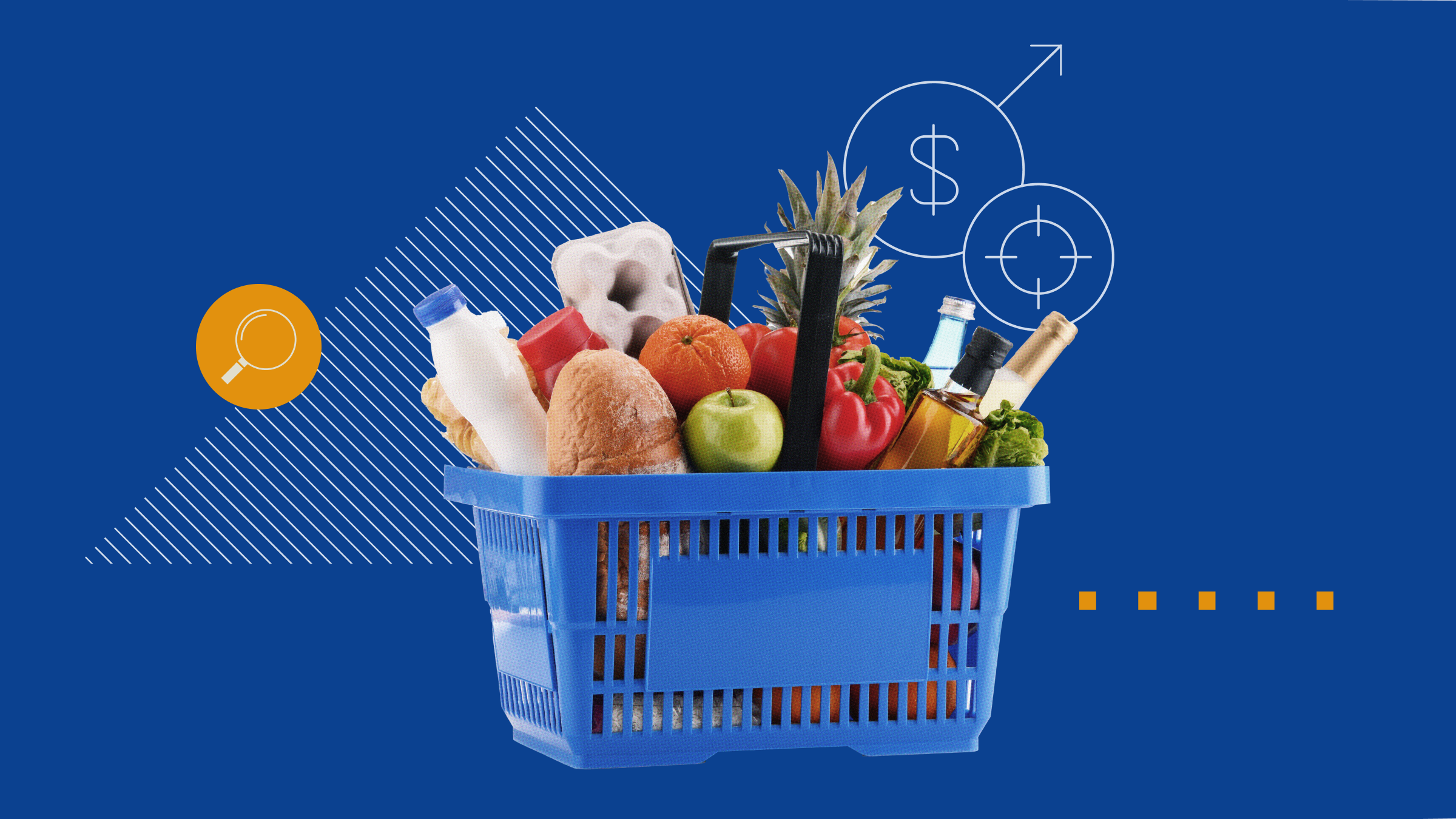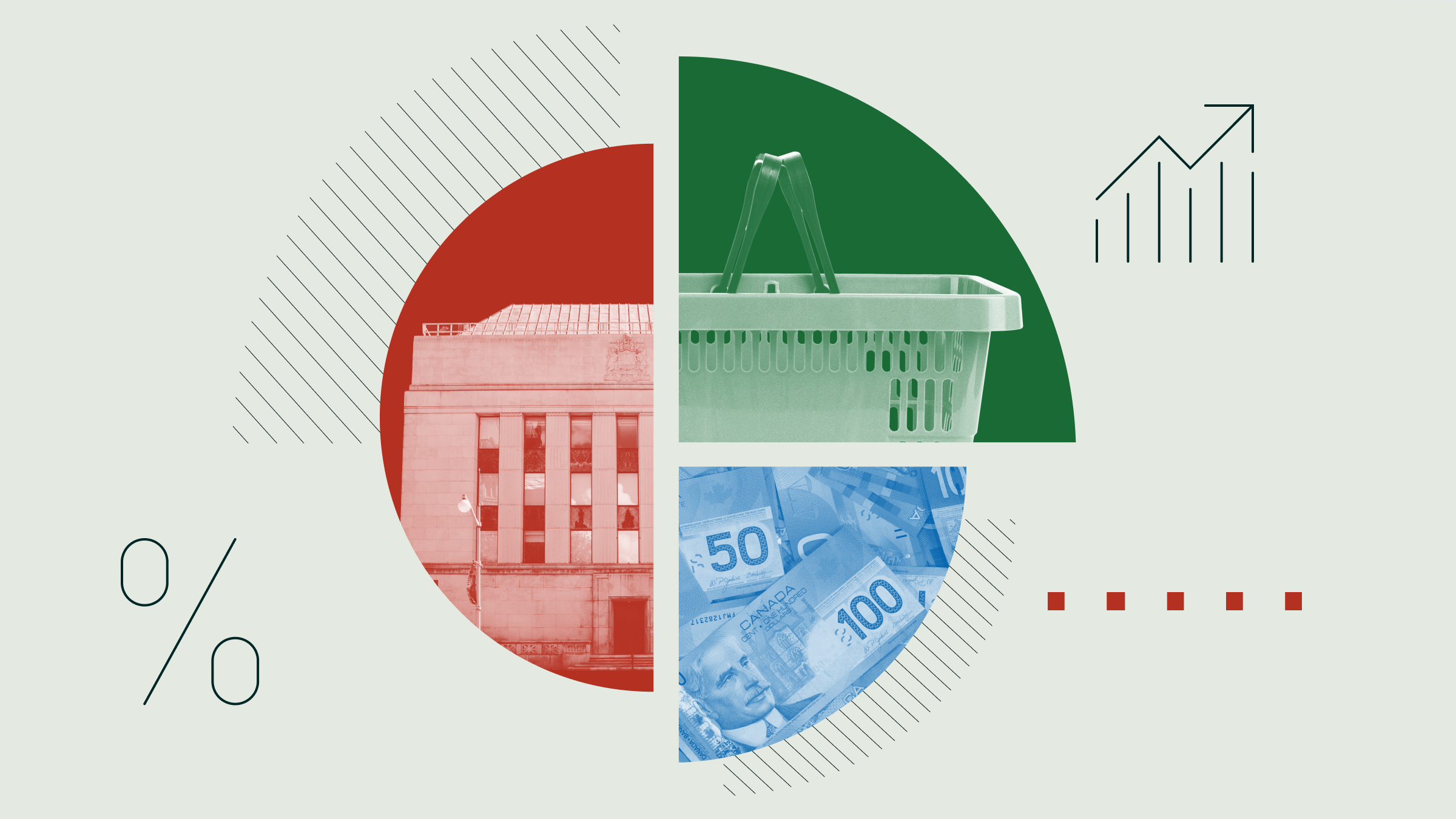
The growing uncertainty around the size, scope, and timing of US tariffs has economists on pins and needles and markets in a tizzy. US President Donald Trump’s unpredictable tax policies have become a major challenge for Canadian policymakers scrambling to craft a response.
If economists’ worst nightmare—a sustained, broad-based 25% tariff—materializes, Canada could face a full-blown recession. Market analysts warn that such a scenario would force the Bank of Canada to cut rates more aggressively than its current 2% target.
Any Canadian retaliation with taxes on US imports would only worsen the domestic economy, potentially driving up the unemployment rate and further weakening the currency.
The Canadian dollar, which has been languishing at historic lows against the US dollar, has rebounded from C$1.448 on Jan. 31 to C$1.415 on Feb. 14. However, much of this recovery has been because of ongoing weakness in the US dollar.
Tariff Uncertainty Lingers
The deferral lends credence to the view that tariff threats are as much a negotiating tactic as a means unto themselves, says Eric Lascelles, chief economist at RBC Global Asset Management. This is right out of Trump’s playbook from his first term. However, “the threat of a 25% tariff being applied in March or later isn’t nil, and we still presume some smaller targeted tariffs are ultimately applied.” Still, he concedes that it “reduces the risk of large tariffs enduringly impairing the economy.”
Carl Gomez, chief economist and head of market analytics at CoStar Group Canada, warns of more market turbulence. “Investors need to appreciate that when government policy becomes malleable and treated like a bargaining chip, it will create more volatility,” he says. “That was reflected in the VIX Index during the trade drama on Monday, [as it] surged even higher than during covid.”
Business Activity to Remain Sluggish
“The decision to defer levies gives more time for Canada and Canadian companies to digest potential risks,” says Ben Jang, portfolio manager at Nicola Wealth. “Likely, tariff risks will remain for some time, and we wouldn’t be surprised to see a permanent tariff put in place, albeit at much lower levels than currently proposed.” He adds that the April 1 deadline Trump gave federal agencies to conduct a comprehensive review of US trade policy is drawing nearer.
Lascelles reckons that until a clear picture emerges, business activity will remain subdued: “The Canadian economy still suffers some economic damage from elevated uncertainty, [particularly] from companies that may be delaying capital expenditures until greater clarity can be achieved.”
How to Interpret the Deferral
Gomez says Trump holding back on broader tariffs shows he’s weighing any unintended consequences for US businesses. “As long as the market reacts negatively to protectionism, I don’t think he will act on his trade threats because it could ultimately damage US business activity and the existing political support Trump has cobbled together,” he says. It is hoped that the markets will keep Trump in check. “The market should not become complacent with economic threats such as the trade [tariffs],” Gomez says.
Some believe Trump is using tariffs and trade as bargaining chips for his pet political goals like immigration restrictions and the drug trade. “The delay is likely to create an opportunity to negotiate, extracting concessions from Canada and Mexico,” says Lascelles.
The Other Side of the Freeze
After the pause is up, “The most likely scenarios are a further delay, smaller targeted tariffs, or a new economic deal,” says Lascelles. “It would be incredibly fast to strike a comprehensive new economic deal, and a further delay is probably most likely.”
Gomez believes what happens will depend on how countries respond to Trump’s threats. “Small concessions, such as putting more mounties on the border to give Trump the publicity stunt he’s looking for, appear better for preserving the status quo than pushing back hard on him,” he says. He thinks a large-scale Canadian retaliation would result in more chaos and make things worse.
Macquarie strategist Thierry Wizman strikes a contrarian chord: “Having gotten a 30-day reprieve rather speedily suggests Trump’s threats were largely perfunctory, and that the worst is over.” He says restoring a more harmonious political and economic relationship with the US may take longer than expected: “The coming prospective change in governance after Canada’s likely election in the spring means Canada will become more ideologically aligned with the US administration.”
Does the Pause Benefit the Economy?
Lascelles thinks further delays would perpetuate uncertainty but increase the possibility of avoiding tariffs. The halt means the Canadian economy “grows slightly less quickly, job creation is a bit slower, the Bank of Canada is slightly more dovish and the Canadian dollar may be slightly weaker.” He sees a more likely scenario of smaller, targeted tariffs, with the Canadian economy being about a third of a percentage point smaller than it would otherwise be (but still growing). Yet “inflation would be around a third of a percentage point higher, the unemployment rate would be perhaps a few tenths higher than otherwise, and the Bank of Canada might cut one extra time, perhaps to the low 2s rather than the high 2s,” he forecasts.
In a worst-case scenario, Lascelles sees the 25% tariffs put in place. “The economy would likely descend into a recession, with a cumulative 4.5-percentage-point hit to the level of economic output spread over the subsequent two years,” he says. He believes this would push consumer prices up by almost 2 percentage points and unemployment by about 3 points, paving the way for the Bank of Canada to cut the overnight rate to 2.0% or lower.
Jang remains hopeful for reduced US tariffs on Canadian products, since “President Trump cannot inflict significant damage without causing negative repercussions for the US economy.” He argues that tariffs are effectively taxes, and the buyer, not the seller, bears the costs. “This dynamic puts everything from inflation to interest rates and employment levels on the table, both in the US and any country from which he chooses to extract tariffs.”
The impact of tariffs extends beyond traded goods between Canada and the US, says RSM Canada economist Tu Nguyen. “The longer tariffs and retaliation continue, the more fractured and uncompetitive the three countries’ economies become,” she says.
The author or authors do not own shares in any securities mentioned in this article. Find out about Morningstar's editorial policies.
Correction: (Feb. 10, 2025): A previous version of this article misspelled the name of Eric Lascelles, chief economist at RBC Global Asset Management.





